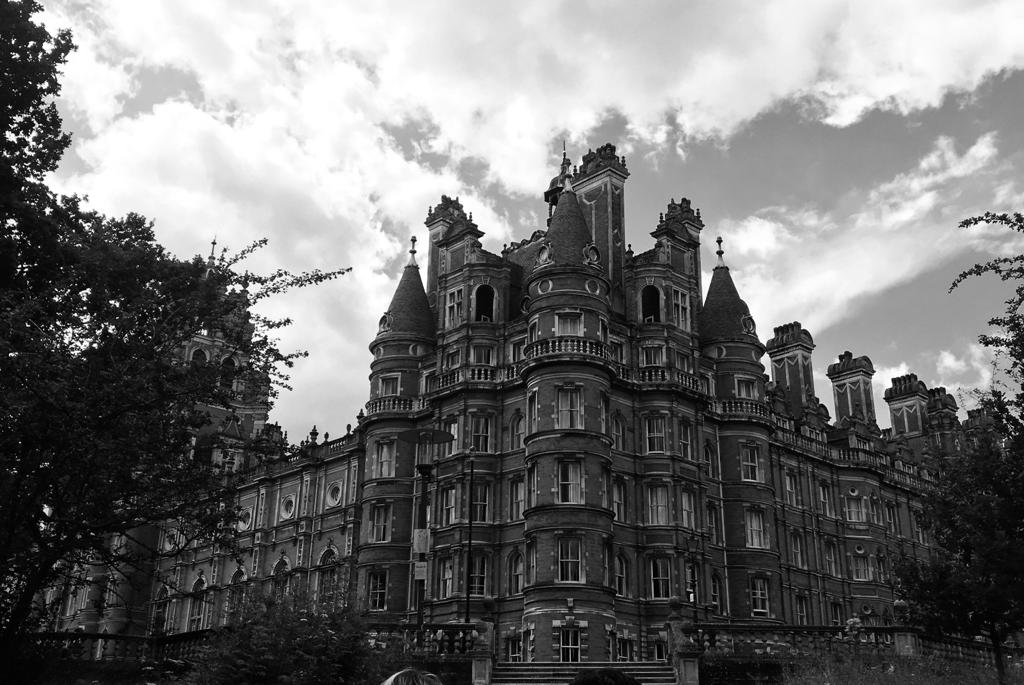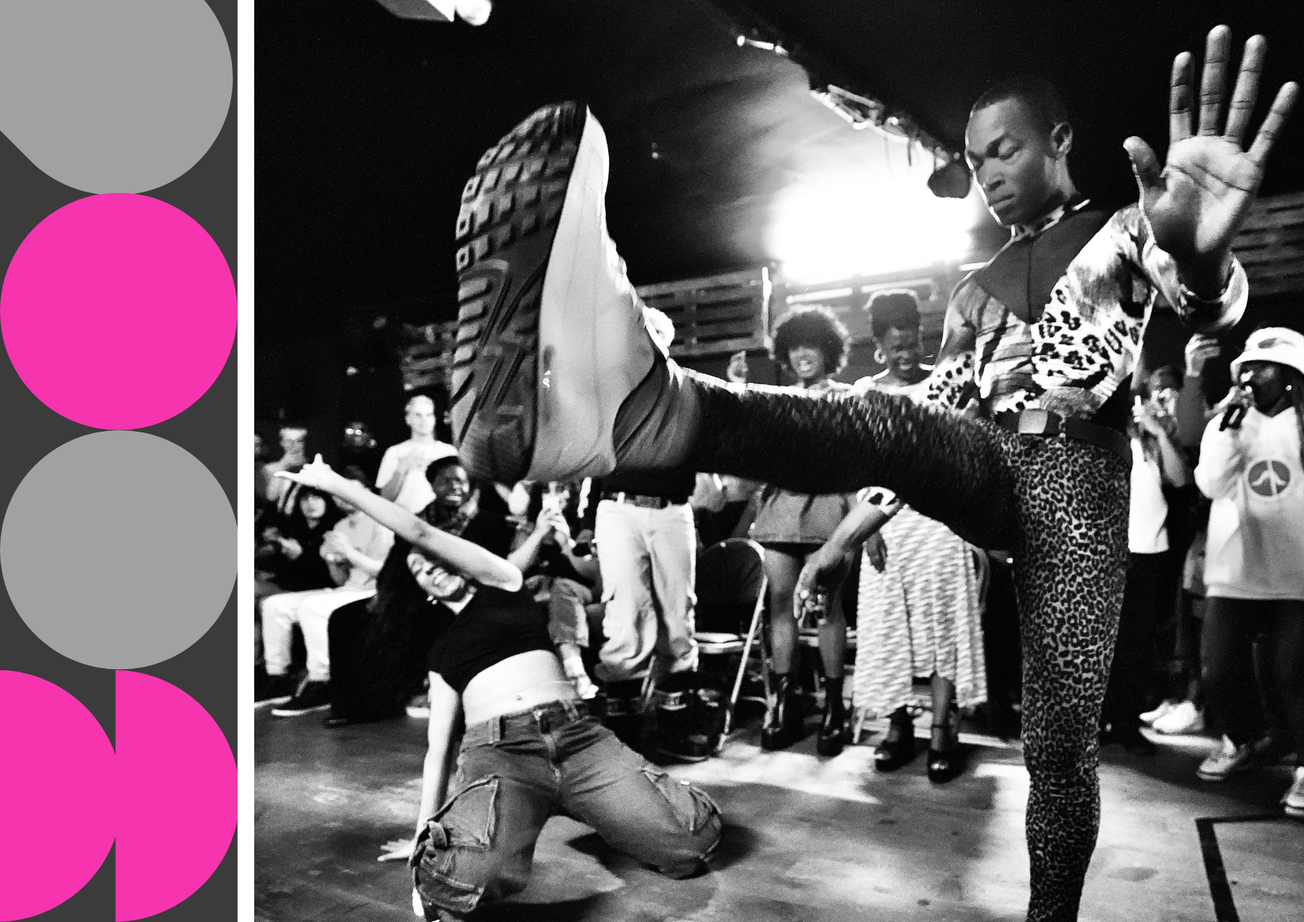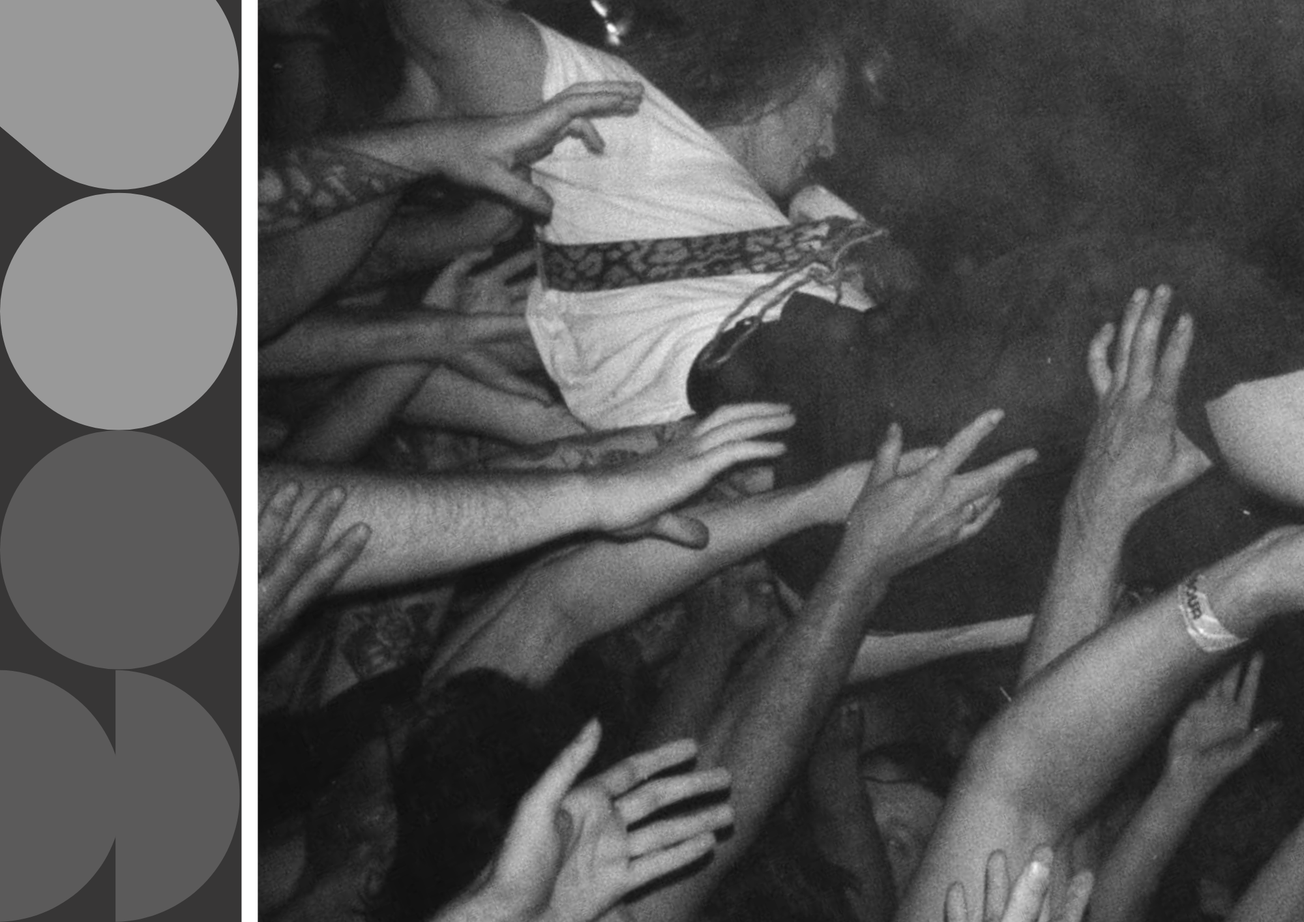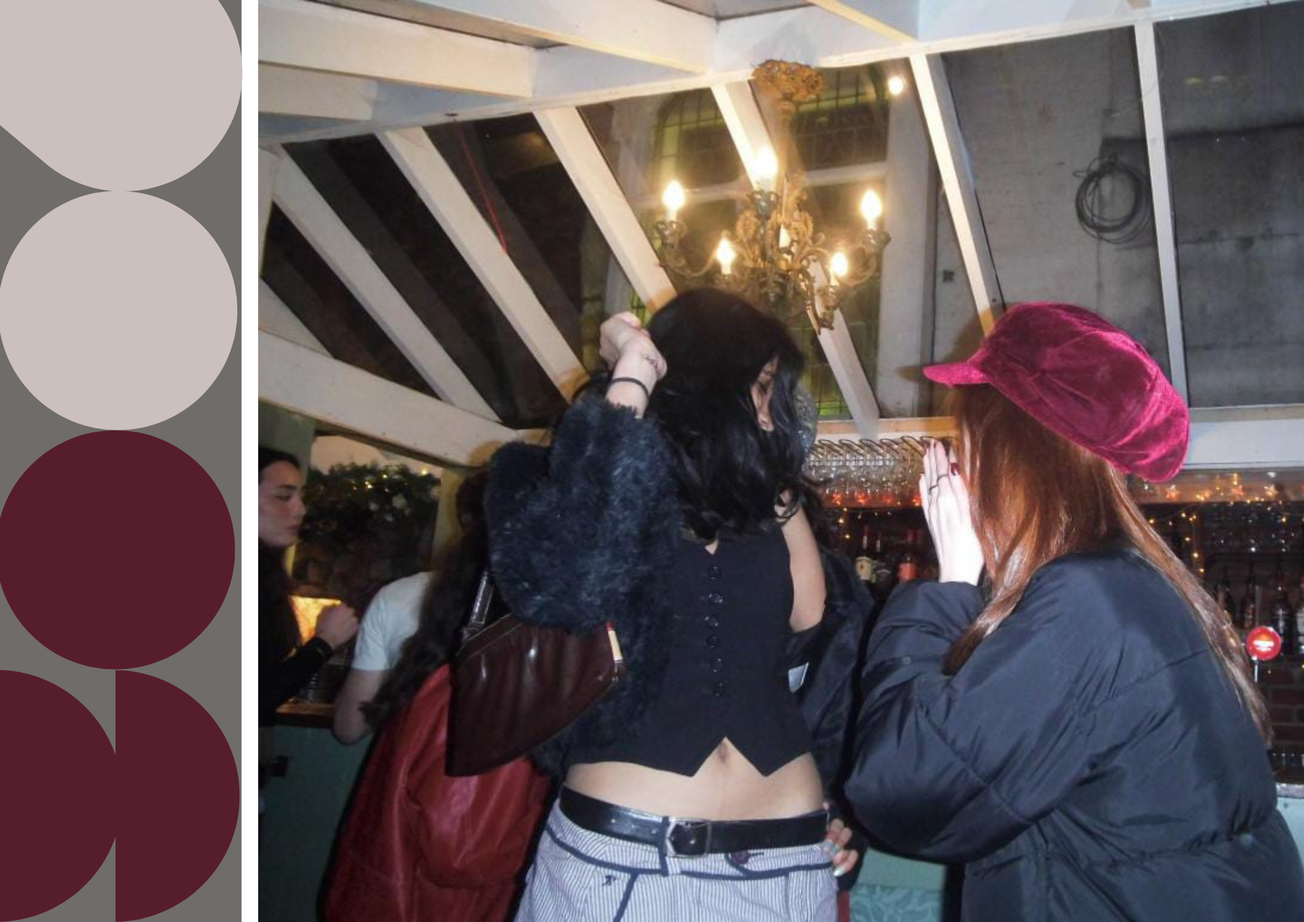THE CROFT/ Gothic literature may seem like it occurs in another world - but Chris Leonard investigates how it can mirror and underscore our own real experiences.
When I was seventeen, I dreamt a lot about houses. I began writing short stories about how other people’s homes can be so disorienting. It was only this summer when I found Gothic literature to be so fitting to what I used to dream about and what I write about now. Gothic literature makes me think about dreams, houses, and trauma and the way it feels sometimes that you can’t really escape all three. It used to seem distant to me, consisting of several classics like Frankenstein, Dracula, and The Strange Case of Dr Jekyll and Mr Hyde. These all seemed laughably outdated to me for so long.
It wasn’t until Daphne Du Maurier’s Rebecca that I finally glimpsed what made gothic lit so fascinating. I was moving secondary school to the other side of London, far away from familiar territory to a far more posh, more Catholic, more sophisticated education than I had had previously. The alienation Rebecca experiences at Manderley is one I’ve felt many times – after moving, after committing to something new, coming to university. It is also common at university to dream of your first year hallsafter you have left. I still find the first line of Rebecca hauntingly relatable: ‘Last night I dreamt I went to Manderley again.’ Manderley, before you even learn it is a house, becomes an icon of a space no longer inhabited, but only accessible at night through dreams. Rebecca made me scared that I would end up in a loveless marriage with someone I barely knew. Of course, this is a silly thing for a twelve year old boy to feel but I guess what really got me was the not knowing the people who you were meant to trust the most. I had finally found art that preyed on that insecurity.
So what is the relationship between a dream, a house, and gothic literature? Carmen Maria Machado’s In The Dream House is about surviving an abusive queer relationship.Told through the image of a ‘dream house’, she recounts how a real physical space can turn into a horrific spatial paradox. In the same way, an exciting relationship can transform swiftly into a nightmarishly abusive one. I realised a relationship can be a House, so can a parent, or a religion, or a group of friends. In the dream house was a horrific read. I read it all in one day. I, like the protagonist, had to escape/finish the dream house/book as fast as possible. But it’s not as easy as closing a book. Abusive relationships are abusive because they are difficult to escape from.
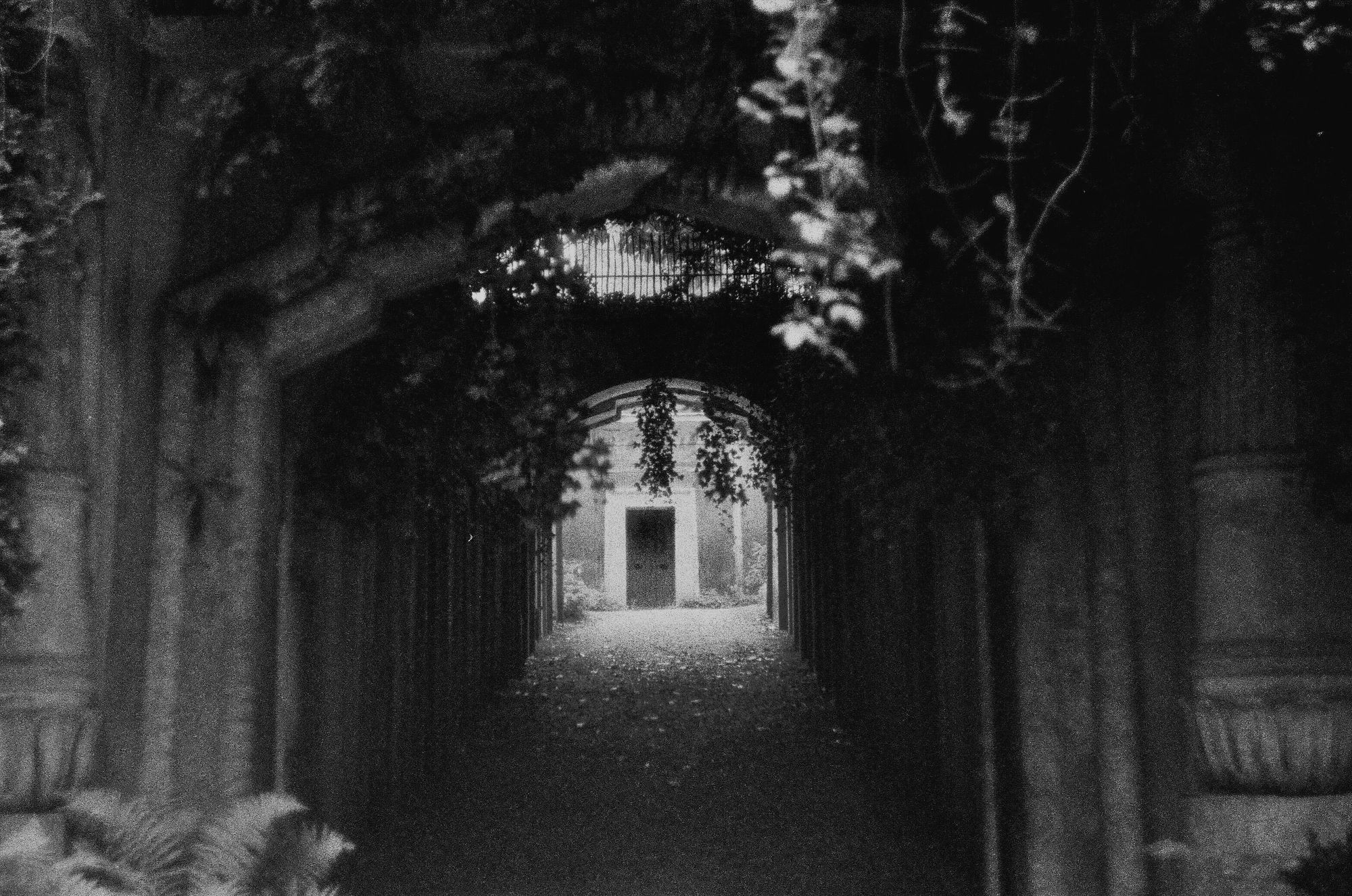
“abusers do not need to be, and rarely are, cackling maniacs. They just need to want something and not care how they get it.”
— Machado, In The Dream House
Gothic literature responds to what scares us most in the time it’s being created. In this text, it is about homophobia within the queer community, domestic violence in maleless relationships, and the fear of not being able to escape and be understood.
Throughout my life, I’ve had some horrible friendships and relationships. I let myself getting walked on, and bared through it because I believed that the relationship was important. All relationships, I misguidedly believed, are valuable. Again, gothic literature preyed upon this insecurity, opened it up, the wound under the scab, and let it bleed a bit more. Taboos are real and hurtful. Gothic literature works to lessen that pain and make us feel a little less alone.
Featured Image: Grace O'Sullivan

